| Now that we have a completed wine, it is destined for a bottle. The bottling process at DDW features a monoblock system. This means that the entire bottling process occurs with one machine, rather than separate stations. The wine is pumped from the holding tank into the bottling line. Once the machine is ready, the operation is a mix of manual and mechanical labor. Bottles are loaded onto the line and fed through an enclosure where the mechanical steps take place. Sparging is the first step. An inert gas (non-reactive) is inserted into the bottle to push out the oxygen. A carousel carries the bottles through the line to be filled, leveled, and corked. We use a natural composite cork at DDW. The bottles get their foil cap, which is heated to seal around the neck of the bottle. Labels are applied and the bottles leave the machine to be packaged by our production team. The packaged bottles are stored in our temperature-controlled warehouse. We give our wines appropriate time to recover after going through a stage typically called “bottle shock”. Wine does not like to be agitated, and the process of bottling can disturb the flavor and mouthfeel. The recovery time allows the wine to return to its ideal state for consumption. The wine is now ready for our tasting room and to be shipped to our many retail locations. |
|
0 Comments
|
AuthorsA collection of DDW employees and wine enthusiasts. Archives
November 2023
Categories |
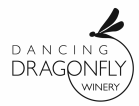

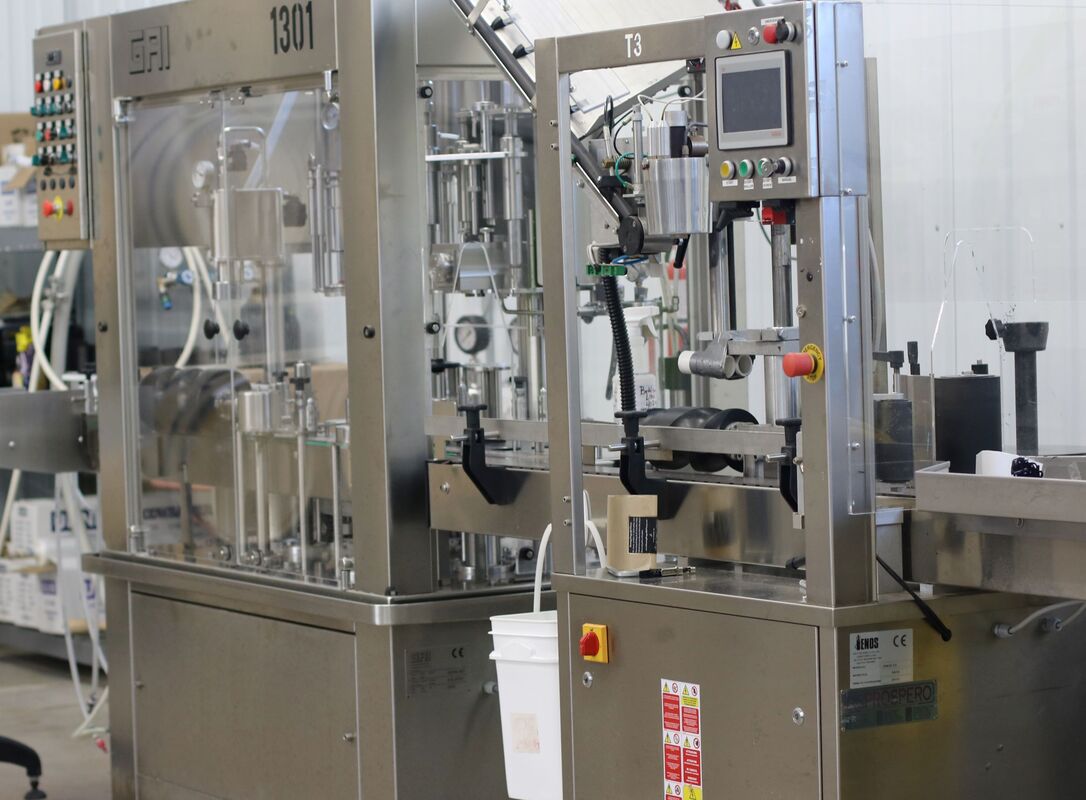
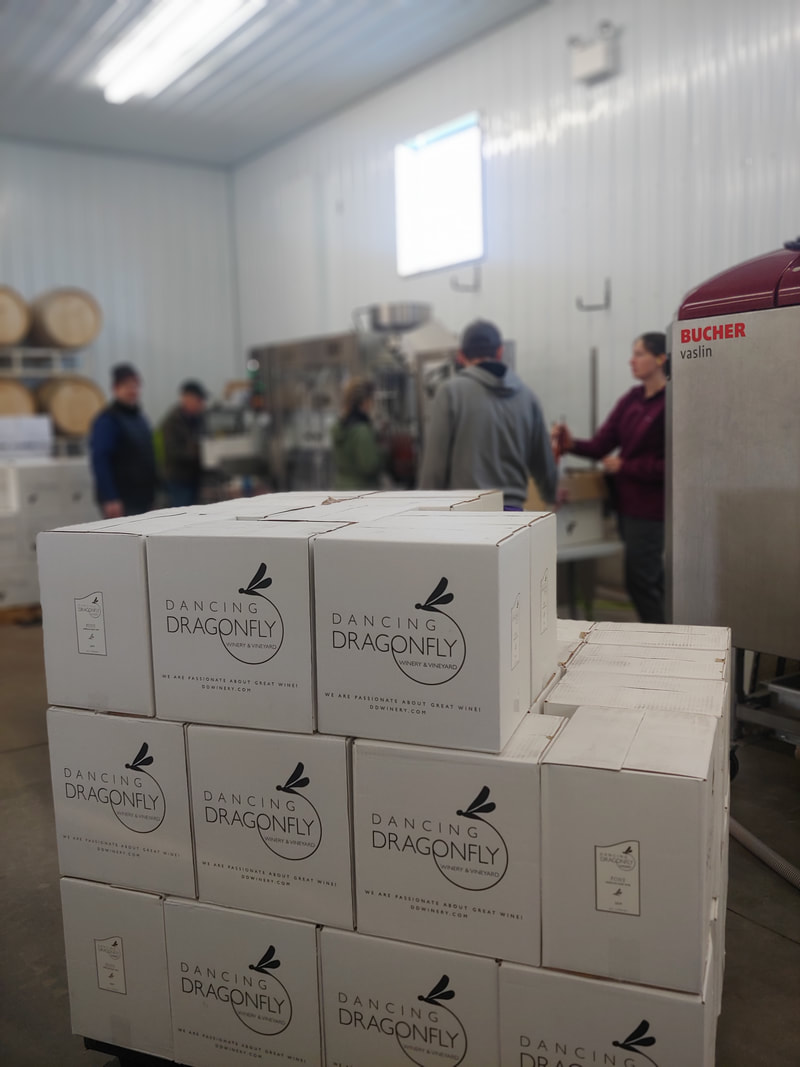
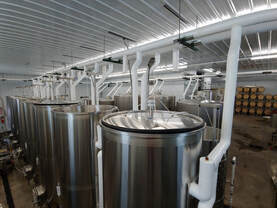
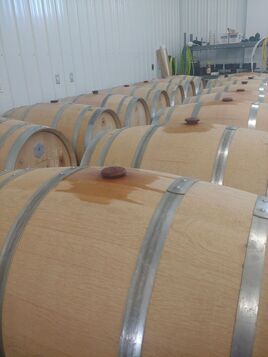
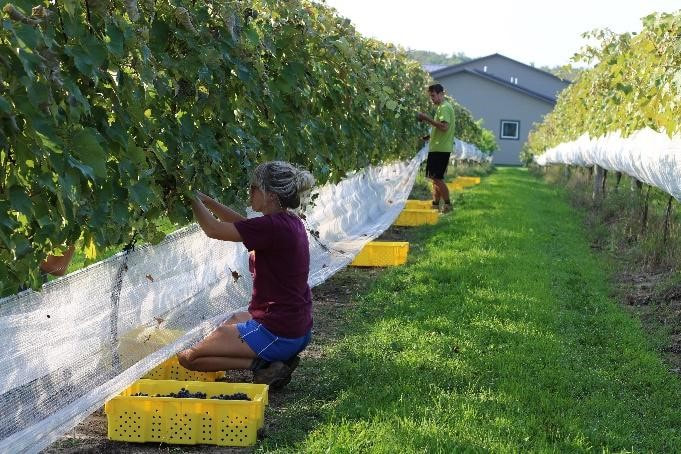
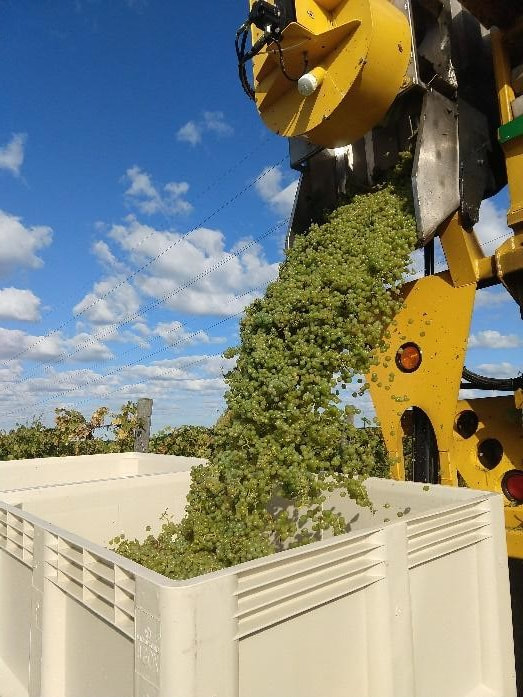
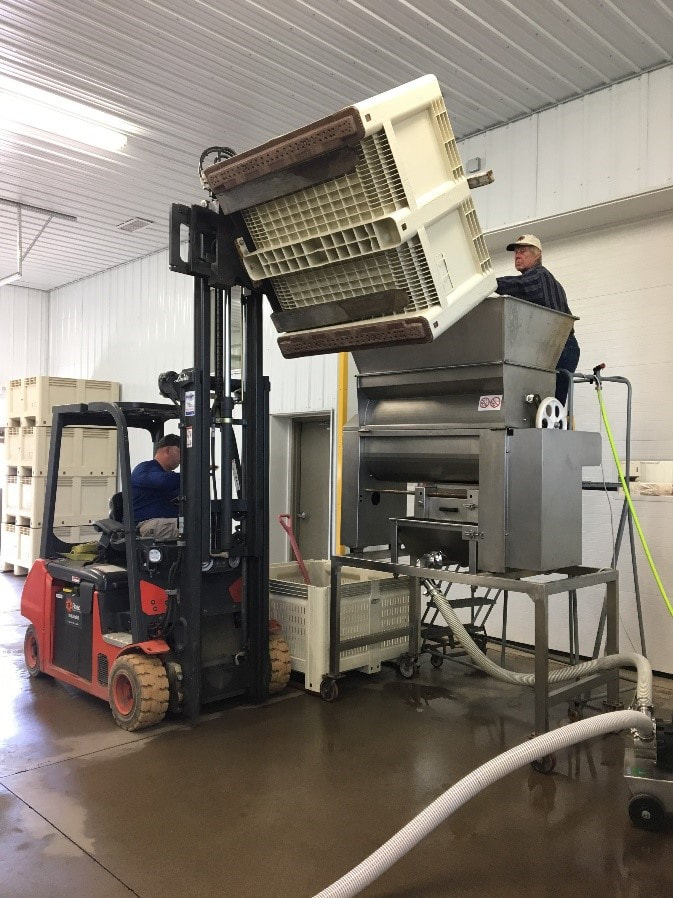
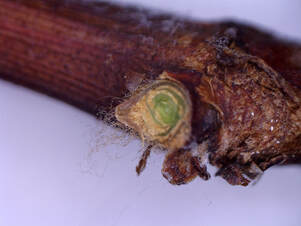
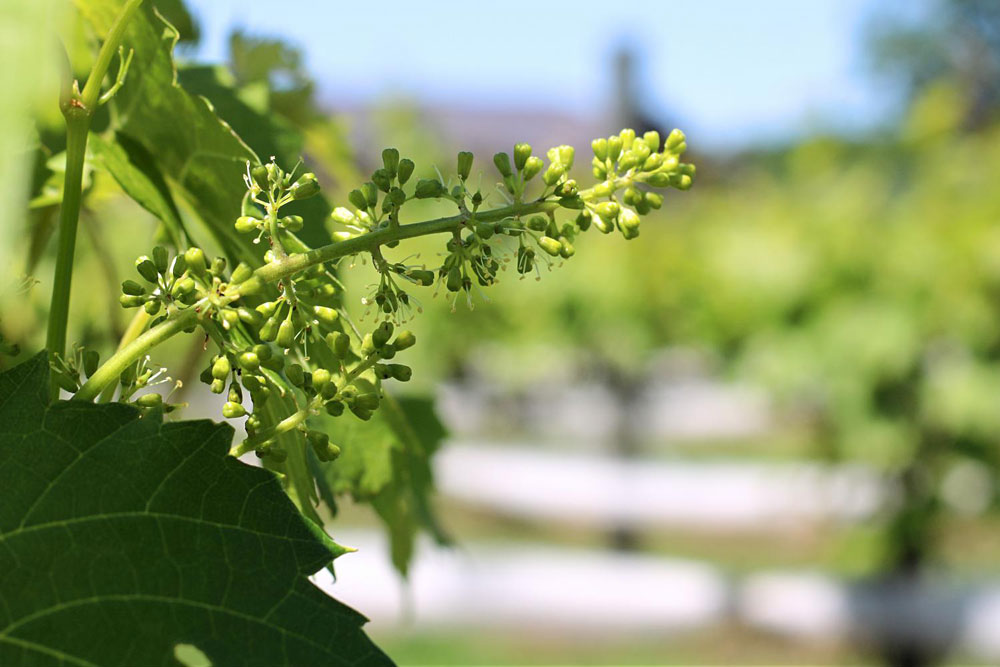

 RSS Feed
RSS Feed
